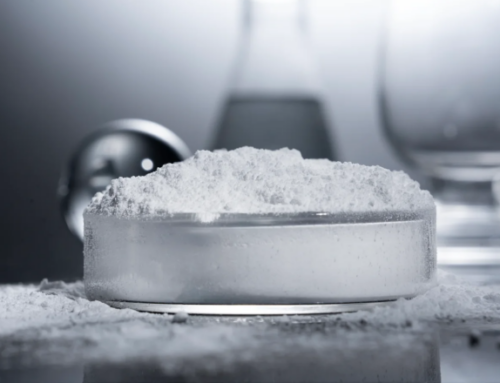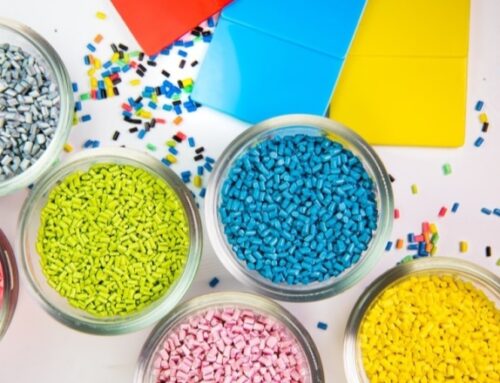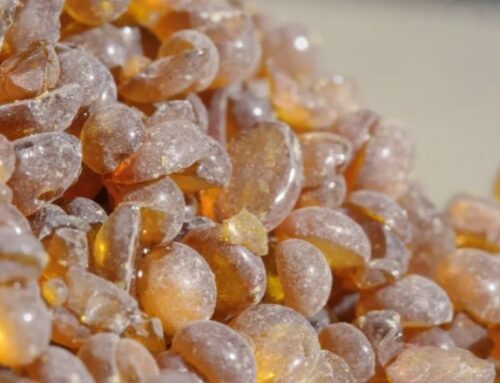Plasticizers are the most commonly used additives in the plastic industry. If plasticizers are not added, the properties of many polymers will not be very good. These common additives endow many products made of plastics and polymers with crucial flexibility. However, selecting the appropriate plasticizer for specific applications has always been a challenge.
Plasticizers function by acting as a ‘lubricant’ between polymer segments. If there were no plasticizers, these molecular chains would be stiff like uncooked spaghetti. By mixing the right plasticizers, the chain can move freely, just like cooking spaghetti with olive oil.
Many different materials use plasticizers, including PVC, rubber, plastics, etc. In fact, the discovery of plasticizers has almost made the polymer industry possible. Without plasticizers, most polymers would be too brittle and hard to use. If plasticizers were not present, many of the daily necessities you rely on, from the rubber soles of work shoes to the flexible combs carried in your wallet, would be impossible to achieve.

1. What is a plasticizer?
Plasticizers are relatively non-volatile organic substances (mainly liquids). When mixed into plastics or elastomers, they help improve the polymer’s:
· Flexibility
· Scalability
· Processability
Plasticizers can improve the flowability and thermoplasticity of polymers by reducing the viscosity, glass transition temperature (Tg), melting temperature (Tm), and elastic modulus of the finished product, without altering the basic chemical properties of plasticizers.
2. The use of plasticizers
Plasticizers are one of the most widely used additives in the plastic industry. They are usually cheaper than other additives used in polymer processing.
Plasticizers are most commonly used in PVC, which is the third largest polymer by volume after PP and PE. Conversely, PVC is widely used in various products.
Unplasticized PVC (or rigid PVC) is used for applications such as pipes, wall panels, and window profiles.
Plasticized PVC (or flexible PVC) can be used for automotive interior parts, cables, PVC films, flooring, roofs, and wall coverings.
However, a large amount of plasticizers are also used in polymers such as acrylic acid, PET, polyolefins, polyurethanes, etc. Plasticizers are sometimes used in rubber, but in these cases, they are used as extenders.
3. Classification of plasticizers
Plasticizers are usually classified based on their chemical composition. Different plasticizers can affect the physical and chemical properties of materials. Therefore, a specific plasticizer is needed to change performance in a specific direction to meet the requirements.

Several conventional chemical groups of plasticizers used for polymer modification. Among them, the most commonly used ones are:
Phthalates: They are prepared by esterification of phthalic anhydride or phthalic acid obtained through the oxidation of xylene or naphthalene. The most commonly used phthalate plasticizers include:
· DEHP: Low molecular weight phthalates. Still the most widely used PVC plasticizer in the world
· DINP, DIDP: high molecular weight phthalates
Fatty dicarboxylic acid esters: including chemical substances such as glutaric acid esters, adipic acid esters, nonanedioic acid esters, and sebacic acid esters. They are made from aliphatic dicarboxylic acids such as adipic acid and alcohols.
Benzoate esters: They are esterification products of benzoic acid with certain alcohols or diols.
Triethyl esters: produced by esterification of trimellitic anhydride (TMA) and typical C8-C10 alcohols
Polyester: They are formed by the reaction of many combinations of dicarboxylic acids and bifunctional alcohols.
Citrates: They are tetraesters formed by the reaction of one mole of citric acid with three moles of alcohol. The lone hydroxyl group of citric acid is acetylated.
Biobased plasticizers: They are based on epoxidized soybean oil (ESBO), epoxidized flaxseed oil (ELO), castor oil, palm oil, other vegetable oils, starch, sugar, etc.
Other: including phosphates, chlorinated paraffins, alkyl sulfates, etc
When added to polymers/resins, these plasticizers have the following advantages:
· They make the product softer and increase flexibility
· Processing becomes possible or easier
· Plasticized products are not easily broken at low temperatures
4. Application of plasticizers
More than 90% of plasticizers used in thermoplastic polymers are used for PVC. Although some plasticizers are also used in acrylic polymers, polyurethanes, polystyrene, and even polyolefins, the market for plasticizers and PVC is largely the same.
The main end uses include:
Film and sheet: Products made of flexible PVC film and sheet. Including house facial mask, geomembrane, interior decoration, luggage, advertising signs, swimming pool lining, etc.

PVC flooring: Flexible PVC flooring products include elastic flooring, vinyl composite tiles, luxury vinyl tiles, and vinyl backed carpets.

PVC for wires and cables: Flexible PVC is a good electrical insulator with good processability and a useful working temperature range. Therefore, it is an ideal material for electrical applications, such as insulation and sheath for electrical conductors and insulation for optical cables.

PVC coated fabric: PVC synthetic coated fabric provides weather resistance and excellent strength and durability. Used to support industries such as construction, sports, advertising, defense, mining, food and agriculture, automobiles, and transportation. The products include tarpaulins, outdoor furniture for tents, and others.

Article source: www.xianjichina.com
M&J International Trading Co., Ltd





